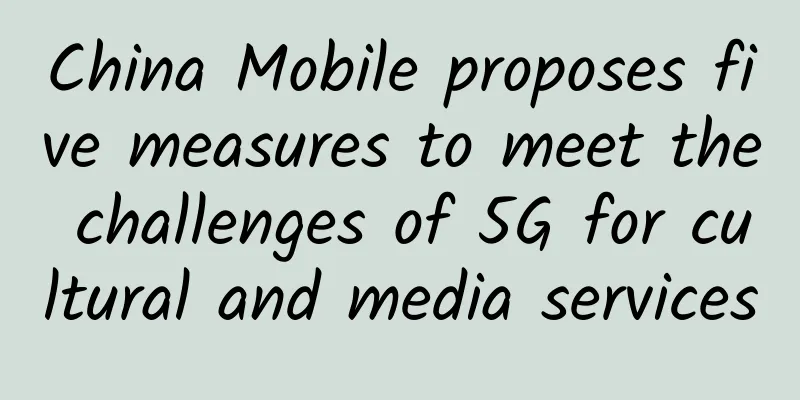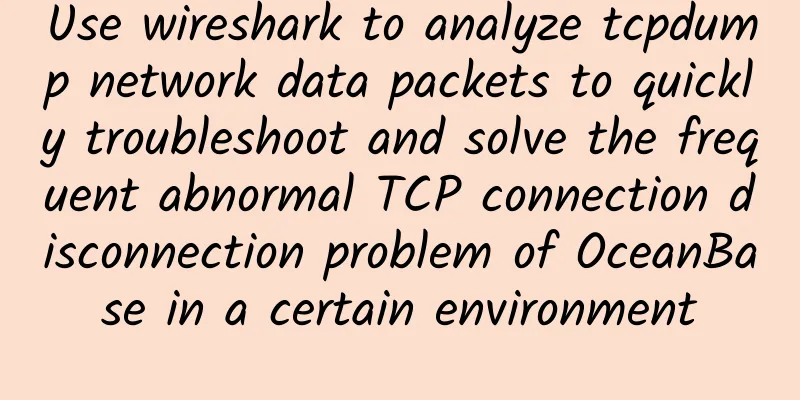China Mobile proposes five measures to meet the challenges of 5G for cultural and media services

|
Recently, at the 5G and Smart Winter Olympics Forum, Sheng Lingzhi, deputy general manager of Beijing Mobile's key customer service center, shared a keynote speech entitled "5G opens the media era to serve the exciting ice and snow event." Sheng Lingzhi said that the 3G and 4G eras could not meet the needs of cultural and creative media, especially the high-level live broadcast services required for sports events, while 5G's large bandwidth and low latency are very helpful for cultural media and sports research.
When talking about the challenges 5G poses to B2B media business, Sheng Lingzhi summarized them into four points. First, 5G is a public communication service. In order to provide business services for B2B cultural and creative media users, we must overcome the difficulties faced by ordinary users. Second, the scenarios are complex, and it is necessary to ensure the security of multiple types of industry terminals, video streaming, file transfer and other services in a complex environment. Third, the combined speed of all services must reach 1G, which means that in regional scenarios, multiple features such as large uplink, continuous uplink in mobile state, and ultra-low latency must be achieved. The fourth is that implementation is difficult, as the project has to be implemented under extremely high security levels throughout the process and in the context of the pandemic. To solve the above problems, China Mobile has mainly adopted five security measures. The first is a multi-level private network: China Mobile plans to use three frequencies, 2.6G, 4.9G and 700M, to form a collaborative network that can meet the needs of on-site ToB services and on-site mobile phone users. The second is dedicated slicing: The biggest feature of 5G is slicing. The end-to-end dedicated slicing solution realizes the "double-excellence" guarantee for to B users, ensuring that to B services seize resources with high priority and meet high-priority scheduling of rates, isolating the impact of TOC users and balancing the resource allocation of public and private network users. The third is RB resource reservation: the PRBs required for each slice can be scheduled according to the resource percentage. This guarantee reserves RB resources for 2B customer slices. Fourth, TAC+whitelist: An independent TAC whitelist + slicing solution is used to ensure exclusive access to different to B services, achieve frequency isolation of 2.6 and 4.9, avoid mutual impact between multiple to B services, and ensure high priority use of to B services. Fifth, end-to-end low latency: Cooperate with hardware companies to jointly open ultra-low latency encoding and decoding algorithms for the first official commercial use; optimize 5G private network configuration specifications to achieve ultra-low latency private networks. |
<<: API Gateway: Layer 8 Network
>>: What is the relationship between API, ESB, ServiceMesh, and microservices?
Recommend
Huawei launches LampSite X indoor digital innovation solution to unleash the unlimited potential of the digital world
[Dubai , UAE , October 11, 2023 ] During the 2023...
WiFi is a good addition to SD-WAN, but not a must
The software-defined wide area network (SD-WAN) m...
Solutions for 5G Network Security Threats
With the support of artificial intelligence techn...
HostXen offers a 50 RMB bonus for every 300 RMB you spend during Double 11, and a 150 RMB bonus for every 600 RMB you spend. 2G packages for Japan/Hong Kong start from 70 RMB, and new customers will receive coupons
HostXen's Double 11 event actually started on...
The Central Cyberspace Affairs Commission: The number of active IPv6 users reached 528 million
Recently, a relevant official from the Cyberspace...
BudgetVM: Los Angeles/Dallas/Chicago/Japan/Hong Kong dedicated servers starting at $49 per month
BudgetVM is a local data center founded in 2015. ...
How to Get the Most Out of Network Performance Management Tools?
EMA has studied how organizations use multiple ne...
Looking at Huawei in the 5G era, which of the 149 suppliers can achieve success?
The past of Apple’s industrial chain may very wel...
How to configure OVN load balancer?
Translator profile: Zheng Minxian works for Nooyu...
Seven of the hottest new IT jobs
In the era of cloud computing, big data, the Inte...
HostDare: 35% off KVM in Los Angeles, starting at $25.99/year
HostDare is a foreign VPS hosting company founded...
Huawei Enjoy 10S first hands-on: light and good-looking, screen fingerprint and photography are amazing
Nowadays, smartphones have entered the era of ful...
Ministry of Industry and Information Technology: 5G traffic price dropped 46% to 4.4 yuan/GB in two years and will continue to drop in the future
What is certain is that operators will continue t...
Blockchain technology will change the rules of the cybersecurity game
Cybersecurity experts believe that blockchain, th...
Summary information: Yunmi Technology/Yunji Internet/Duoxiantong/PigYun/Cool Cloud
The traditional Chinese New Year is approaching, ...


![[Black Friday] spinservers: Dallas/San Jose dedicated servers starting from $59/month, E3-1280v5/32G/1TB NVMe/10Gbps bandwidth](/upload/images/67cac01c72246.webp)






